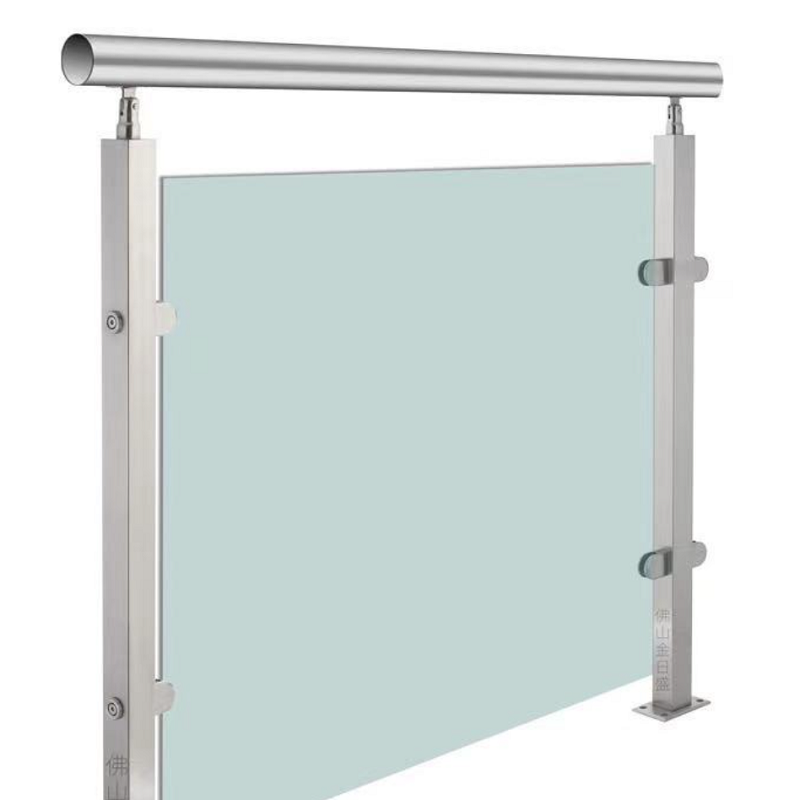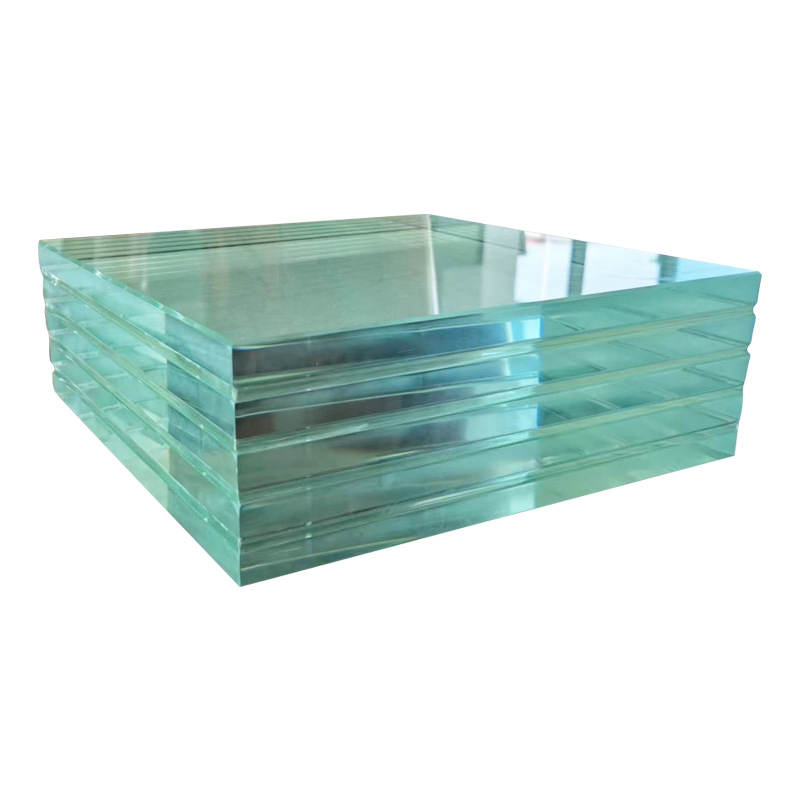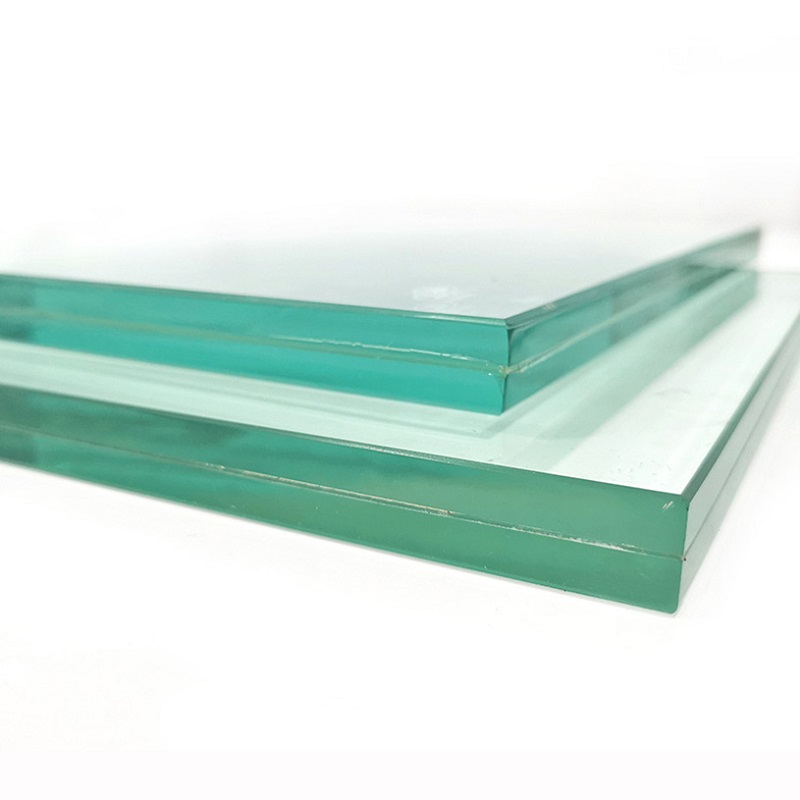Wired Art Glass: The Modern Decorative Material Combining Aesthetics and Functionality
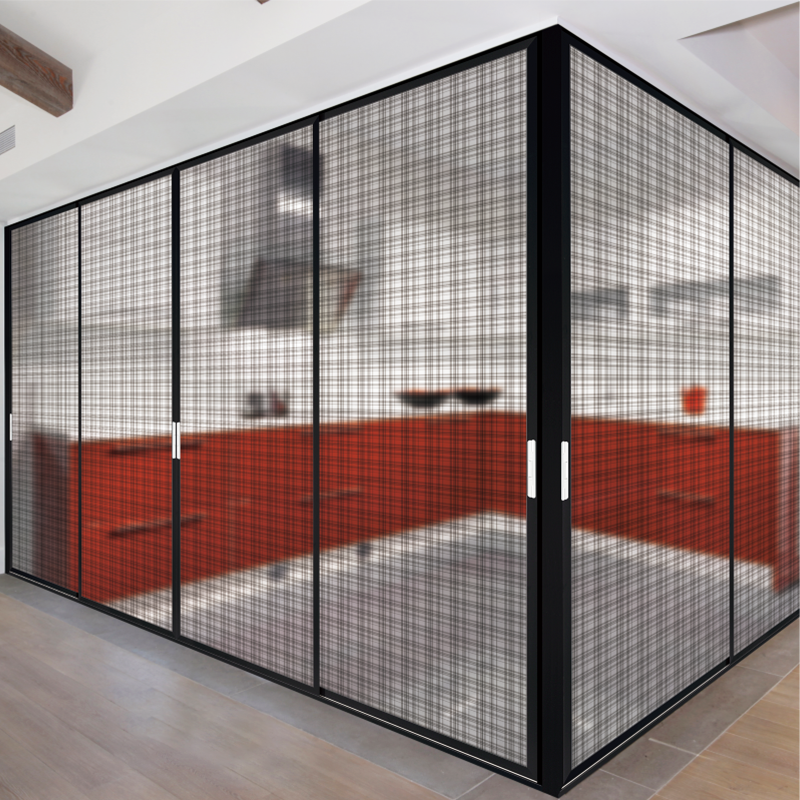
Introduction
In modern architecture and interior design, the application of glass has long transcended its traditional functions of lighting and partitioning, evolving into a decorative material that combines both artistry and practicality. Wired art glass, as an innovative glass product, has become a top choice for designers and homeowners due to its unique visual effects, exceptional safety performance, and wide range of applications. This article will provide a detailed introduction to wired art glass, focusing on its "artistic value", "safety features", and "versatility", helping readers gain an in-depth understanding of this material's advantages and suitable scenarios.
I. The Craftsmanship and Characteristics of Wired Art Glass
Wired art glass, also known as metal wire glass or embedded wire glass, is made by sandwiching metal wires, fibers, or other decorative materials between two layers of glass, which are then laminated under high temperature and pressure. This process not only enhances the glass's strength but also gives it unique artistic expression.
1. Artistic Value: Perfect Presentation of Visual Aesthetics
The most distinctive feature of wired art glass lies in its artistic value. Metal wires or colored fibers form various patterns inside the glass, such as geometric lines, natural textures, or abstract art, transforming the glass from a plain material into a visual focal point in any space. Whether in modern minimalist or classical luxurious styles, wired glass can seamlessly integrate through different pattern designs.
Light and Shadow Effects: Under sunlight or artificial lighting, wired glass creates unique light and shadow variations, adding depth to the space.
Customizable Designs: Users can choose different metal wire materials (e.g., copper wire, stainless steel wire) and patterns to create personalized decorative effects.
2. Safety Features: Enhanced Protection for Peace of Mind
Compared to ordinary glass, wired art glass excels in safety. Due to the embedded metal wires, even if the glass is impacted and breaks, the fragments will not scatter but remain held in place by the wires, significantly reducing the risk of injury.
Anti-Shatter Performance: Ideal for high-rise buildings, shopping malls, hotels, and other locations with high safety requirements.
Fire Resistance: Some wired glass uses special fireproof interlayers to delay the spread of flames, improving building safety standards.
3. Versatility: Wide Range of Applications
The versatility of wired art glass makes it widely applicable in both commercial and residential settings.
Partitions and Screens: In offices, hotels, and villas, wired glass can divide spaces without compromising natural light.
Door and Window Decoration: Replaces traditional frosted glass, ensuring privacy while enhancing aesthetics.
Furniture and Wall Decor: Used for cabinet doors, feature walls, etc., adding a modern artistic touch.
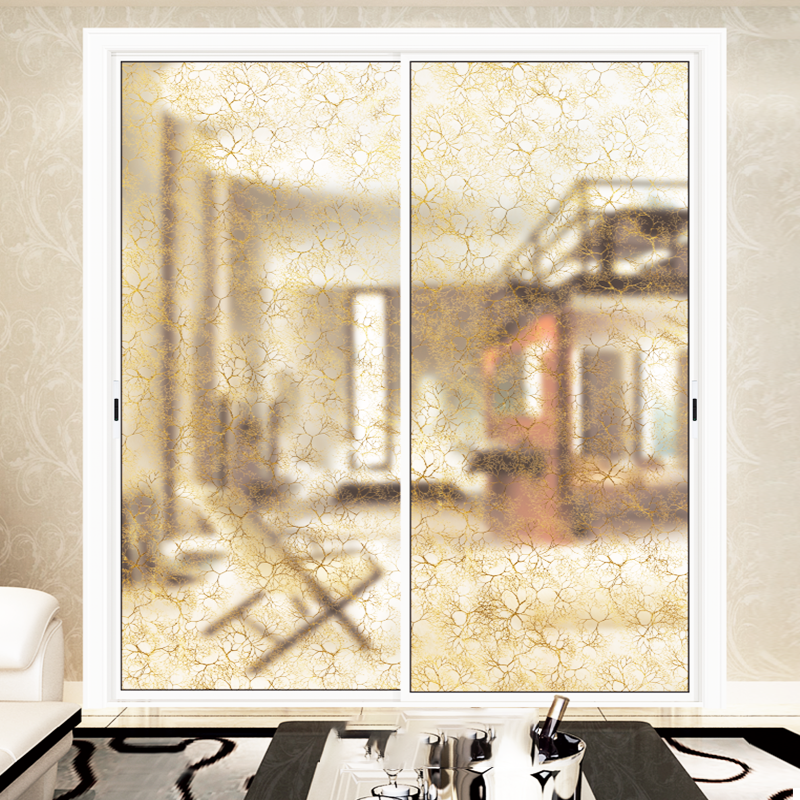
II. Application Scenarios of Wired Art Glass
1. Commercial Spaces: Elevating Brand Image
In hotels, restaurants, exhibition halls, and other commercial venues, wired art glass is commonly used for:
Reception Backdrops: Custom wire patterns can incorporate company logos or artistic designs, strengthening brand identity.
Space Partitions: In open-plan offices, wired glass maintains transparency while effectively dividing functional areas.
2. Home Decor: Creating a Premium Living Experience
Bathrooms and Kitchens: Waterproof and moisture-resistant, with wire patterns providing privacy.
Staircase Railings: Shatterproof for safety while enhancing home aesthetics.
Entryway Screens: Prevents direct views into living areas, combining feng shui principles with visual appeal.
3. Public Buildings: Balancing Safety and Aesthetics
Hospitals and Schools: Fireproof and shatter-resistant, meeting public safety standards.
Subway Stations and Airports: High strength and impact resistance, suitable for high-traffic areas.
III. Competitive Advantages of Wired Art Glass
1. Comparison with Traditional Glass
| Feature | Ordinary Glass | Wired Art Glass |
|---|---|---|
Safety | Fragile, hazardous | Shatterproof, fragments retained |
Decorative | Plain, no distinct features | Custom patterns, artistic |
Versatility | Basic partitions | Multi-functional, widely applicable |
2. Comparison with Other Decorative Materials
vs. Frosted Glass: Wired glass offers translucency without transparency and more design options.
vs. Solid Wood Partitions: Wired glass is lighter, suits modern styles, and resists moisture deformation.
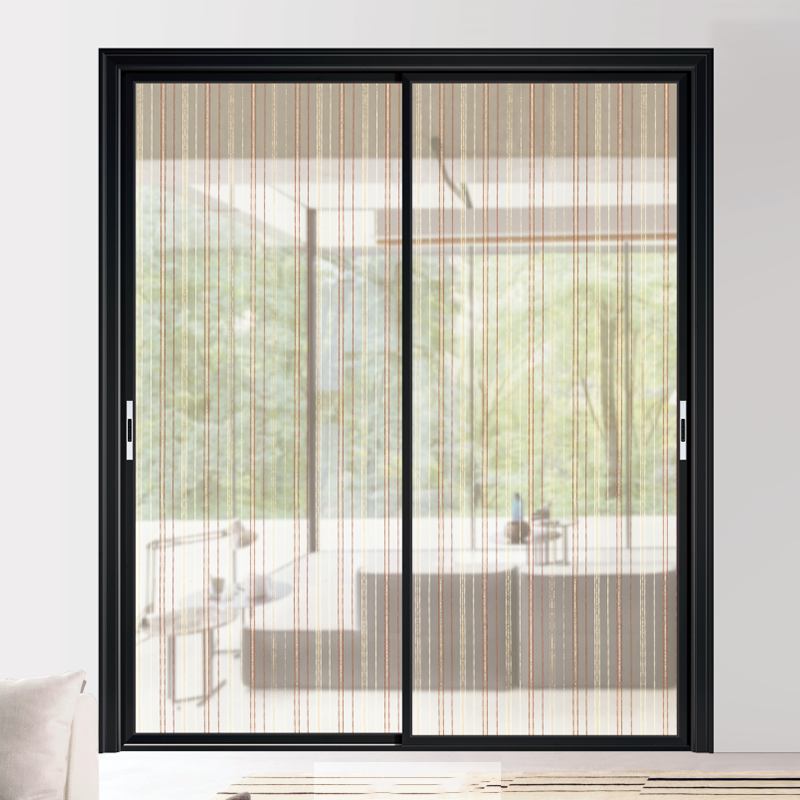
IV. How to Choose the Right Wired Art Glass?
Select Thickness Based on Use: 6-8mm for indoor partitions; 10mm+ for exteriors or high-rises.
Match Patterns to Style: Linear designs for modern minimalism; antique copper textures for traditional styles.
Consider Light Transmission: Opt for lower-transmission dark wired glass for enhanced privacy.
V. Future Trends: Innovations in Wired Art Glass
With technological advancements, wired art glass is moving toward smart solutions, such as:
Smart Tinting Wired Glass: Adjusts opacity via electrical control for privacy and lighting flexibility.
Solar Wired Glass: Integrates photovoltaic technology for energy efficiency.
Conclusion
Wired art glass stands out in modern architecture and decor due to its artistic value, safety features, and versatility. Whether in commercial or residential spaces, it meets functional needs while adding unique artistic charm. As technology progresses, its applications will expand, offering even more design possibilities.
Metal wire glassMetal wire glassMetal wire glassMetal wire glassMetal wire glassMetal wire glassMetal wire glassMetal wire glassMetal wire glassMetal wire glassMetal wire glassMetal wire glassMetal wire glassMetal wire glassMetal wire glassartistic valueartistic valueartistic valueartistic valueartisticartistic value valueartistic valueartistic valueartistic valueartistic valueartistic value


